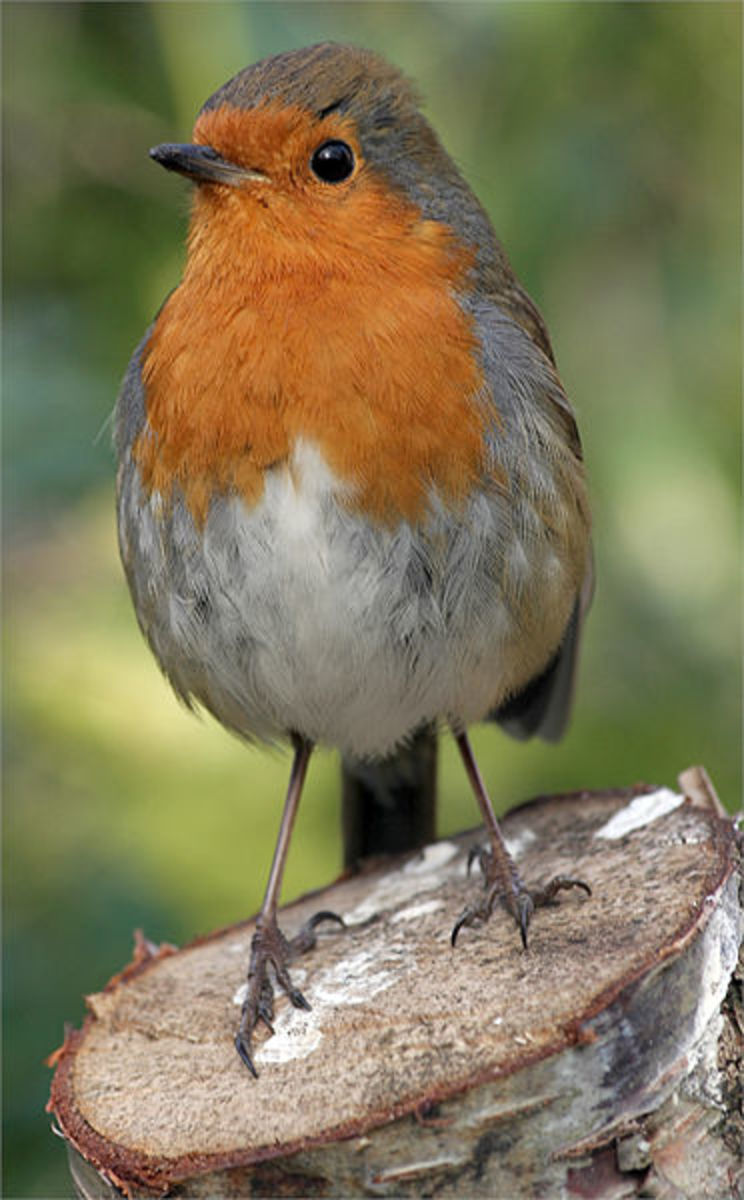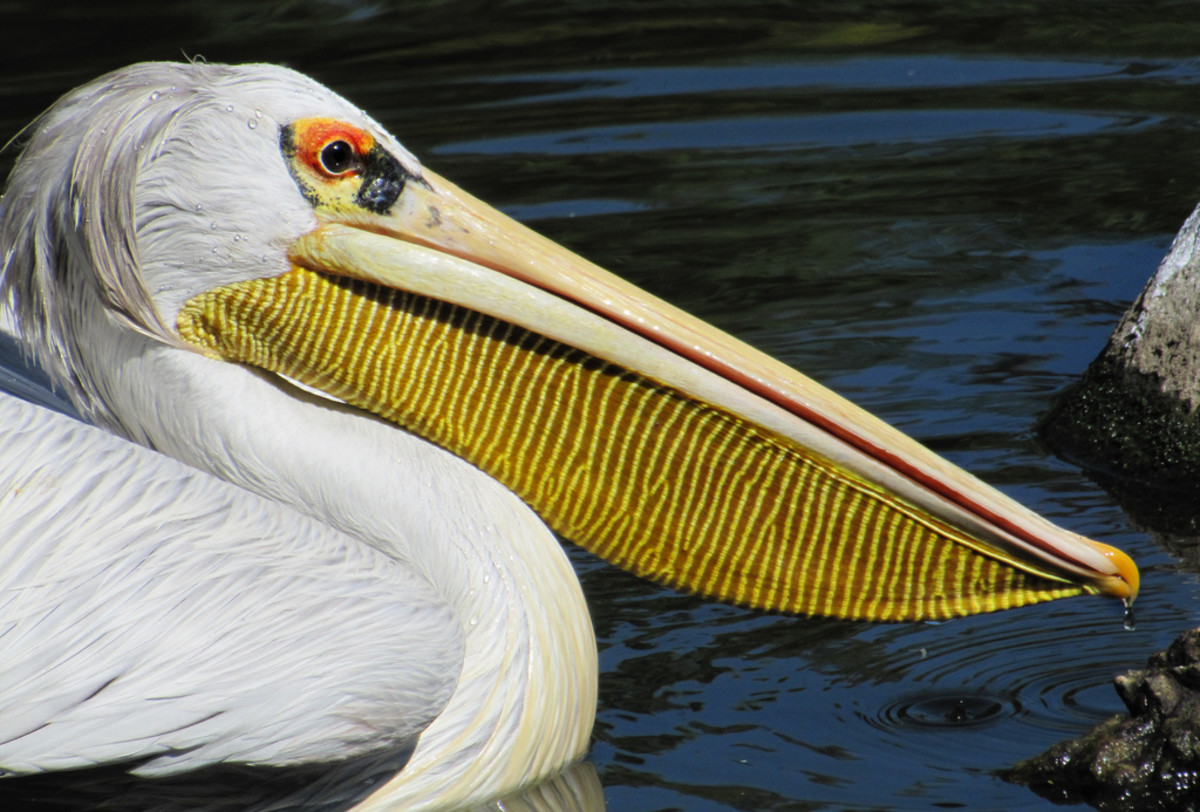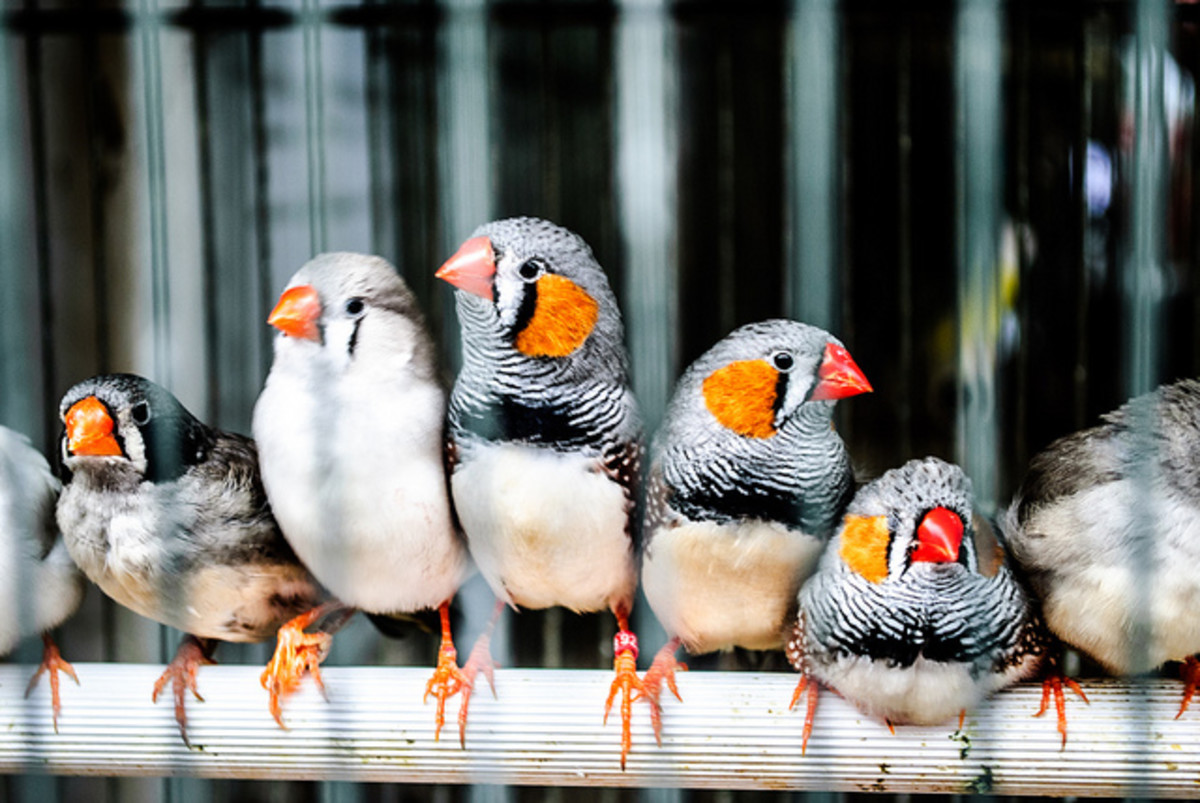American Flamingo
Scientific Name: Phoenicopterus ruber
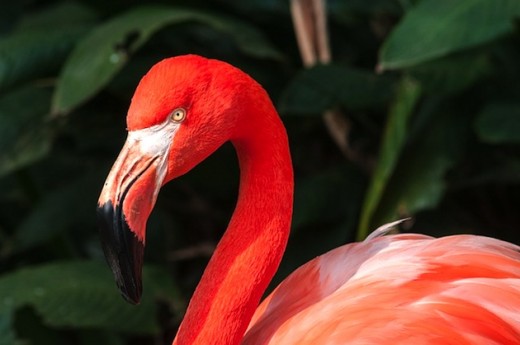
American Flamingo Description
Many people have seen the American Flamingo at a zoo or even in the shape of the familiar lawn ornaments. They are very colorful with a bright pink tone to their feathers. This comes from the foods that the eat so the exact shade of it will be the same for a given flock but then different in depth from that of other flocks that feed somewhere else. Carotene that is found in the foods they eat is what is responsible for that coloring developing.
If you have never seen an American Flamingo with its wings spread open or in flight then you may not be aware that they also have black feathers underneath. They definitely are birds with the ability to fly regardless of what you have heard to the contrary. The young though won’t develop this ability until they are about 3 months of age.
Facts about Flamingos
- The Portal of Life on Earth - Amazing Animal Facts
Amazing Animal Facts - The Portal of Animal Diversity. Visual index of animals. Dolphins, Whales, Penguins, Sharks, Tigers, Elephants, Flamingos, Otters, Killer Whales, Seals, Sea Lions, Sea Turtles, Polar Bears, Walruses, Squids, Manatees, Snails, G - Flamingo Facts
Flamingo Facts and Information. Feeding, habitat, distribution, reproduction, anatomy and more. Facts about Species like the Greater Flamingo, Lesser Flamingo, American Flamingo and others.
American Flamingo Anatomy
The body of these birds are quite a bit different from most others out there which is why the flamingo is so very interesting. They have a very long neck with a curve in it at the very top. They also have a bill that is very wide because of the fact that they are filter feeders. This is what allows them to take in the amount of food that they need.
The American Flamingo features webbed feet so that they can be balanced and so that they can move. They live in areas with muddy bottoms and these type of feet also help to prevent them from slipping. They do swim but that is a common assumption that people have when they see the webbed feet.
American Flamingo Evolution
When it comes to how these amazing birds came to be about, we still don’t fully understand them. Some feel they are a freak of nature and something to laugh at. However, others strongly disagree because they see it as these animals having the ability to evolve in order for them to be able to continue to survive. They live in some of the most amazing conditions out there. It is believed that many things have occurred over the millions of years to allow them to do so.
Amazing Animal Facts
- Manatee Facts
Manatee Facts and Information. Feeding, habitat, distribution, reproduction, anatomy and more. Facts about Species like the West Indian Manatee, Amazonian Manatee and others. - Facts about Seals
Facts and Information about Seals. Feeding, habitat, distribution, reproduction, anatomy and more. Facts about Species like the Harbor Seal, Harp Seal, Hawaiian Monk Seal, and many others. - Facts about Sharks
Information and facts about sharks. Sharks are one of the most amazing creatures in the earth. They have lived in the ocean for more than 450 million years and they have survived succesfully during this time.
American Flamingo Behavior
We also find their behavior to be very interesting as well. While most animals do the same things as their own species, these do it at the exact same time. That is absolutely very different from what we know of birds. For instance they will all make noise or fly or preen or march at the same exact time. Even with all the research done on it we don’t know why this occurs.
It is believed that that have a deep need for socialization though, for the ability to bond as a unit instead of as individuals. In fact, when the number of them in a flock gets too low they will be affected adversely. They will stop eating and none of them will engage in the mating process. They use a variety of different calls to communicate with each other. They can be very noisy in those efforts as well. As much as they like to bond though they often fight with each other.
It is believed that there is a type of hierarchy lead them to peck at each other for dominance. They want to continually move up that ladder. Yet it isn’t known what that ladder is really for – they don’t use it for protection or eating rights as some animals do. They also don’t really hurt each other during the process. It seems though as if it is nothing more than trying to be more important overall within the social structure of their flock.
As long as they have good living conditions they should be able to live until they are about 40 years of age. They seem to live to about 60 years of age when they are in captivity. Many people wonder why they don’t end up flying away from zoos? This is because their basic needs are met and so the behavior of the flock as a whole is to stay in that area.
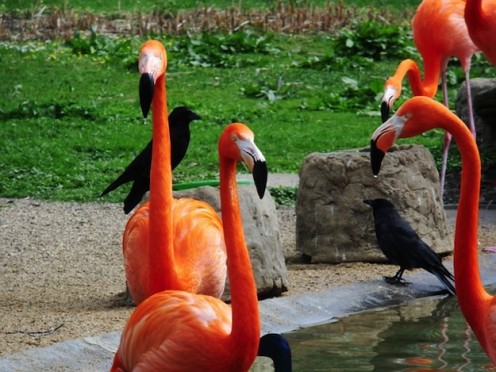
American Flamingo Habitat
The live in regions where you will find warmer temperatures. This includes the Galapagos Islands, Yucatan, the Caribbean, and the West Indies. They look for water that has salt in it but not very much acid. They also need an area out there that offers plenty of mud such as small lakes with a marshy area surrounding it.
They will remain in this environment all year long as long as it is warm enough and they can get enough food. Should the water end up being able to get cold enough that it freezes though they will end up migrating to warmer regions until they spring. This is why it may appear that some areas they once lived in are vacant.
More Animal Facts...
- Facts about Sea Turtles
Facts and Information about Sea Turtles. Feeding, habitat, distribution, reproduction, anatomy and more. Facts about Species like the Green Sea Turtle, the Loggerhead Turtle, the Hawksbill Turtle, the Leatherback Turtle and many others. - Manta Ray Facts
Manta Ray Facts and Information. Feeding, habitat, distribution, reproduction, anatomy and more. Also, the conservation efforts made to preserve Manta Rays and how humans have interacted with Manta Rays. - Facts about Squids
Squid Facts and Information. Feeding, habitat, distribution, reproduction, anatomy and more. Facts about Species like the Giant Squid, Colossal Squid, Vampire Squid and many others.
American Flamingo Feeding Habits
They have a very unique filter feeding system that they follow as well. This allows them to take in food but with the head upside down while doing so. Then they filter out the water from the food. This is a slow process and so they can spend several hours each day out there. They take their time to find the food towards the edge of the water first. When they have their necks stretched out or their feet deep in the water then they are searching for food in deeper waters as there is less of it.
They eat a variety of food but mainly meat. This includes crustaceans of various sizes. They also consume plants with the main type of it being algae. It isn’t really known how much food they do consume each day due to the fact that they break it up into segments throughout the day.
American Flamingo Reproduction
They have an unusual way of reproducing as well. They are old enough to mate around six years of age. However, they won’t do so unless the entire flock has enough food. This generally will be more plentiful when there is lots of rainfall. The other thing that they need to have is plenty of is enough of them in the flock.
During the rainy season it is very likely that all of the mature females in the flock will produce offspring later on. When there is drought conditions though there may not be any offspring at all new to the flock and that is a serious problem. When the females do successfully mate they will lay an egg on a large mound. They will also build that mound out of mud until it is about three feet from the ground. This is a very long process for them to complete but they work diligently.
American Flamingo Predators
There aren’t any real predators for them to worry about in their natural environment. However, they have had a very rough time out there due to the actions of humans. They have lost their habitat in many locations. They have also ended up with not enough food due to pollution killing what they feed upon. Even global warming has adversely affected them due to the fact that it can dry up the water that they use to feed from.




